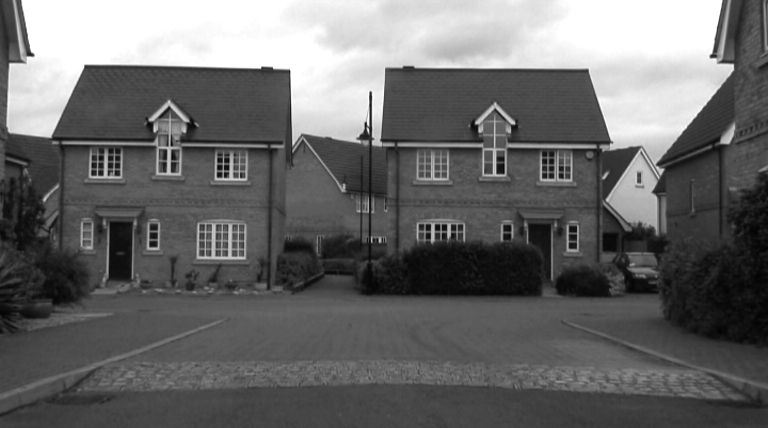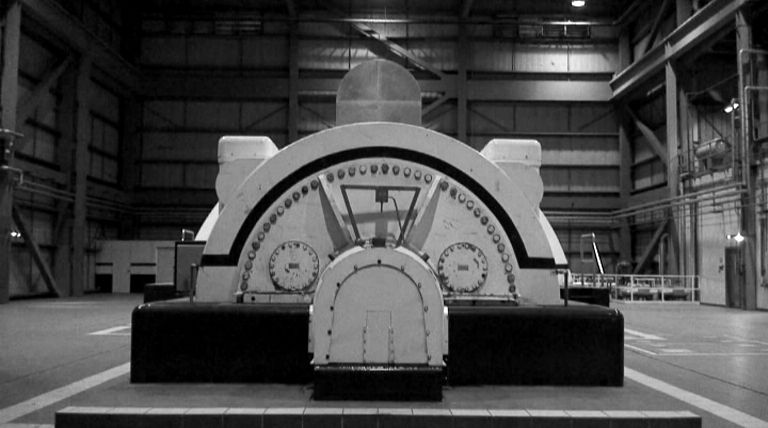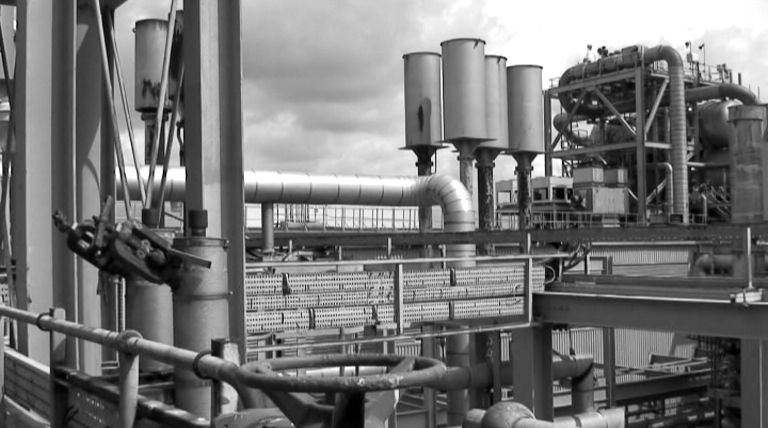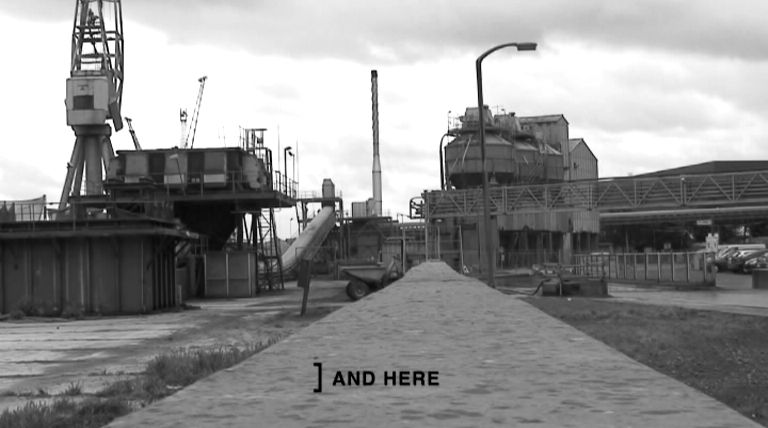] AND HERE

Original format
Color
Color system
Languages
Availability
]AND HERE is a video project filmed in North Kent’s urban and industrial environment. It captures images from Kentish town centres to the container transport hub on the Isle of Grain, to the Isle of Sheppey’s caravans, etc. It was commissioned by the Faversham Society in response to the rapid changes brought about by The Thames Gateway North Kent Development, a major regeneration programme extending from Dartford to Teynham in the south of the region. The Faversham Society is a voluntary organisation established in 1962 to protect and promote the heritage of the market town of Faversham and its surrounding area in Kent.
Somewhat different from other Downsbrough films (AS] IN, AND [BACK, A[S, to name just some shown in Open Archive # 1) here the represented space is fully identified. This makes it theoretically possible (if one would have this want) to trace down on a/the map the places Downsbrough visited with his camera. But above all it underlines an aspect of Downsbrough’s work (current in other films as well) that consists of documenting lived material history: places still there – still ‘on the go’ – but going, disappearing as well. Another difference lies in the mentioning of ‘B/W’ ànd ‘colour’ in the technical specifications above. Indeed, contrary to most Dowsbrough’s films, this one also features colour (A]S and THROUGH does too), albeit in a somewhat ironic and rather teasing way: the concentrated viewer may at some moment discern two full seconds of colour image! Finally, with its 24 minutes running time this is also the longest film since the 1979 The Other Side (25’).
In general the viewer is confronted with comparable Downsbrough ‘worlds’ as the ones preceding this film. As before, the film is made up of space – a represented space as well as a mentally-induced place – and typography and word blocks: the title’s ]AND HERE itself of course or words like AS, seemingly migrating from other Downsbrough films. The film alternates between fixed camera shots, travelling and images filmed from the inside of a car, and one could easily ‘prolong’ some car-shot scenes from for example AND [BACK into this film, or vice versa. Still, not only industrial sites are visited: there are also images from Kent’s cities and villages. With their typical use of bricks, the presence of pubs etc., these places and habitations – contrary to the formally and geo-economically unifying, ‘de-placing’ force of industrial space – are thus identifiable, clearly indicating to the southeast of England and more in particular, to the county of Kent.
But the most important difference with former projects, perhaps indicating a new road taken by Downsbrough, can be discerned, not so much in the use of text and images (or ‘textual images’) but in that of sound. For ] AND HERE Downsbrough uses especially commissioned improvised music, executed by Xavier Garcia Bardon and Benjamin Francart, both members of the Brussels-based jam/shoegaze/trance band Buffle. Music was already used in the very first videos – with (pop) bands like The Spinners or Talking Heads – and some recent films feature music as well, but here the purpose is not only to create a certain atmosphere, but to use the music as a structural and structuring element as well. As is the case with the filmed images, the music is often interrupted quite suddenly – the longest continuous piece of music being only about one minute – than continued. There is a (minimal) musical theme, as is the case in most narrative cinema, but there is also a confrontation and dialogue between sound/music and image/typography.
Similar to the ‘structuralist’ images of Downsbrough’s cinema, the music – positioning itself somewhere between 90s shoegaze, post-rock and improvisation – has a strong emphasis on texture, especially through the use of guitar pedal effects and digital signal processing. At the same time, there’s an industrial side to it, reflecting and reinforcing the industrial landscapes filmed by Downsbrough. Interestingly, the glitch-like noise returning throughout the performance is actually not a real glitch – an electronic slip or short-lived fault in a system, used purposely and creatively in contemporary electronic music – but a pedal-induced loop. In some undercurrent way the creation of sound by using analogue material at times sounding digital (the glitch) reflects the way in which the film’s seeming aloofness – above all stemming from the use of industrial footage and from the strict formal approach – is tempered or dialectically refined, both by the word and language games Downsbrough plays, and by the interest he pays, not only to the spookiness of the industrial landscapes – void of people – but to the much more individualised and localised (if not less empty) cityscapes as well.
If both film and film music possess a certain ‘frozen’ quality, then at the same time they are as if betrayed (tempered, complexified) by the very material side of the process of structuring (‘ideally’) a space or a soundscape. It’s exactly this material side of Downsbrough’s ‘method’ – ‘real’ matter turned ‘film material’, matter that is always historical, ever residual – which creates a tension in his films, as well as the pleasure of watching them. (Source: Steve Tallon)




